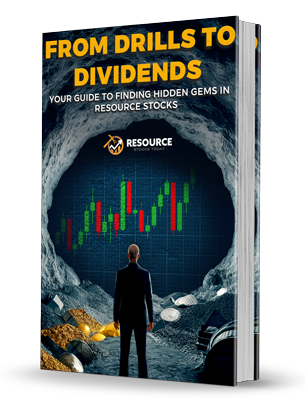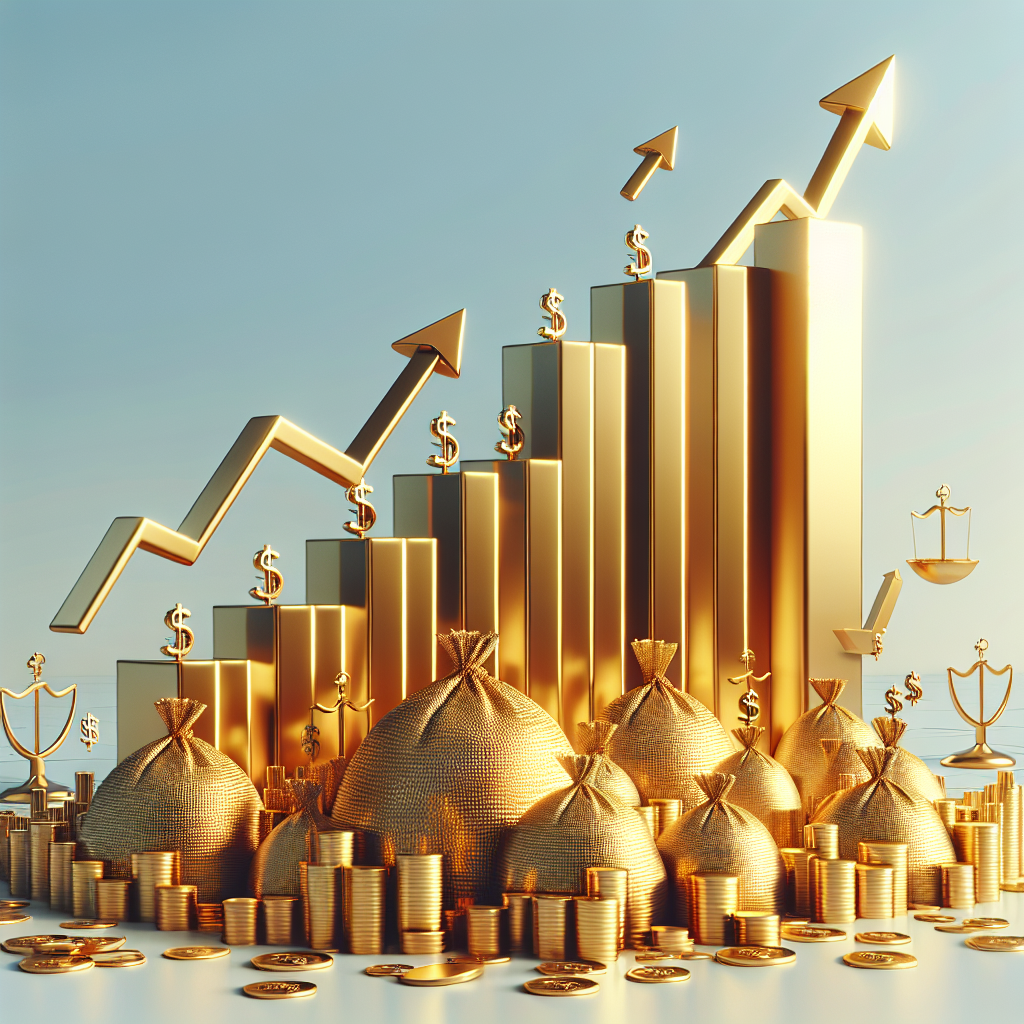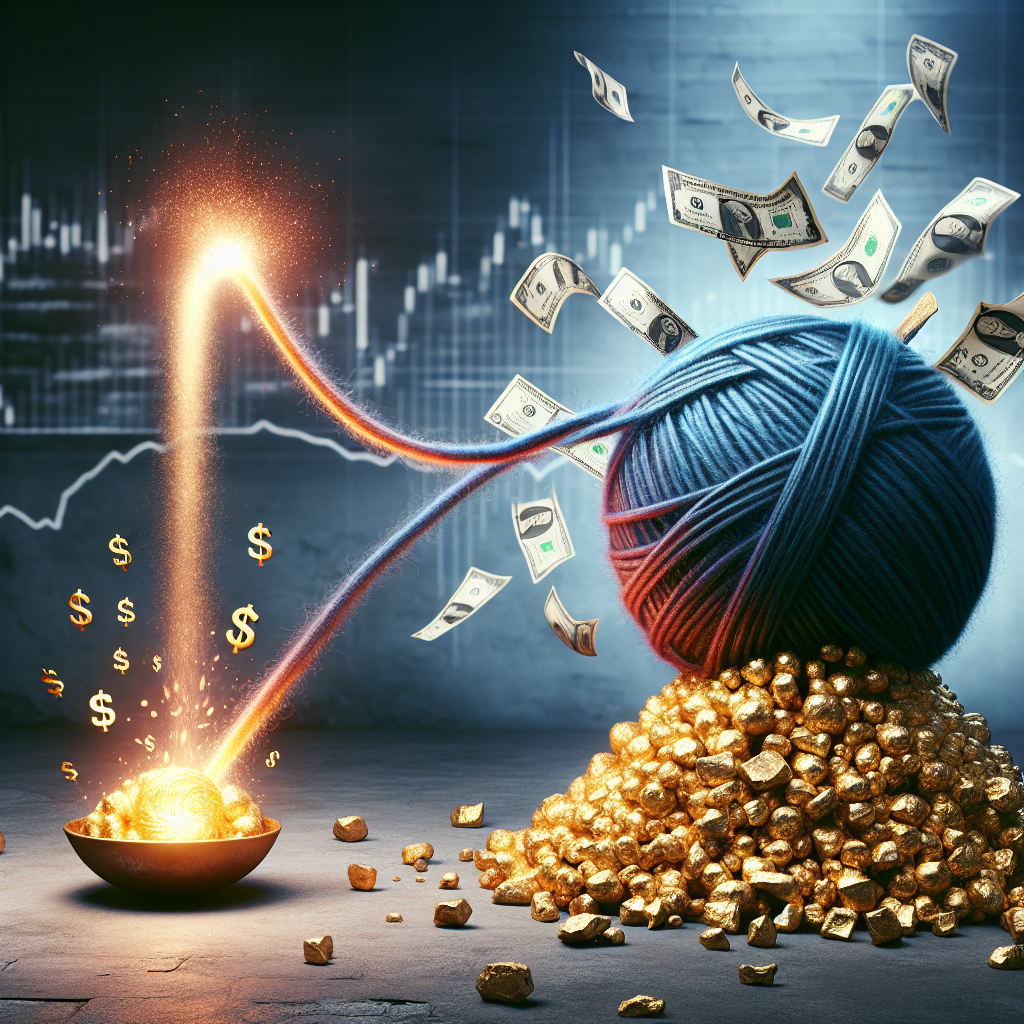The Surge of Gold: Analyzing Current Trends and Future Expectations
The price of gold has soared to unprecedented heights, exceeding $2,900 (£2,330) an ounce this week for the first time. Since October 2023, it has experienced a remarkable increase of over $1,000 an ounce, tripling in value compared to a decade ago and growing ten-fold since the year 2000. Investors are left wondering: what factors are driving this surge, where is the gold market heading, and how should one invest?
Understanding the Current Market Dynamics
Traditionally, gold prices tend to decline in environments where interest rates are rising. This is primarily due to gold’s lack of income generation compared to other assets like bonds, shares, cash, or real estate. When these alternatives become attractive, the incentive to hold “the barbarous relic,” as economist John Maynard Keynes once termed it, diminishes. Despite the current landscape, which features a robust dollar propelled by policy decisions associated with former President Trump, gold continues to reach new records. This paradox signals that there is something deeper at play.
The Signals Gold is Sending
The performance of gold often reflects broader economic unease. Presently, investors are expressing concern about various geopolitical uncertainties and economic policies that can lead to inflation. Historically, during times of financial distress, gold has served as a reluctant but reliable safe haven. In the years leading up to the 2008 financial crisis, for example, gold significantly outperformed the S&P 500, which saw a remarkable rise yet failed to offer the security that gold provided.
Key Factors Influencing Gold Prices
Several factors are contributing to the robust demand for gold:
- Safe-haven Status: During uncertain times, investors flock to gold due to its perceived safety.
- Inflation Hedge: Many of the economic policies enacted since the Trump administration are likely to be inflationary, further driving investors toward gold.
- Central Bank Accumulation: Countries like Russia, China, and India have significantly ramped up their gold purchases in light of increasing sanctions and economic polarization. Central bank acquisitions surpassed 1,000 tonnes for the third consecutive year in 2024.
- Technological Advancements: The growing use of gold in industries such as electronics and nanotechnology is creating additional demand.
Considering the Future
While gold is currently in demand, investors must question if the price rise is sustainable. Historically, gold prices tend to move in phases—rapid increases followed by consolidation or decline, sometimes lasting years. Hence, it’s prudent for investors to consider alternative hedging strategies.
The Case for Silver
Silver, often overlooked in favor of gold, is gaining attention due to its own unique market dynamics. More than half of silver’s annual demand stems from industrial applications, including electronics, renewable energy, and medical equipment. The silver market remains significantly undervalued compared to gold, with the current price of gold being approximately 100 times that of silver. This represents a deviation from historical norms where the ratio was considerably lower.
Investment Strategies
When contemplating investments in gold and silver, holding physical metals can be impractical due to high costs and associated risks. A more sensible approach is investing through exchange-traded funds (ETFs) that hold the metals themselves, such as iShares’ offerings. Alternatively, one could invest in mining companies that extract these precious metals. While investing in miners theoretically provides a leveraged opportunity linked to commodity price fluctuations, it’s worth noting that this relationship may not always be reliable.
Final Thoughts
A modest allocation of about 5% of a portfolio towards both gold and silver, perhaps through an ETF, could provide a hedge against economic uncertainties while mitigating risks associated with holding physical assets. In summary, the current performance of gold may be an indicator of prevailing investor anxieties, and strategizing investments in both gold and silver may position investors well in an evolving market.















